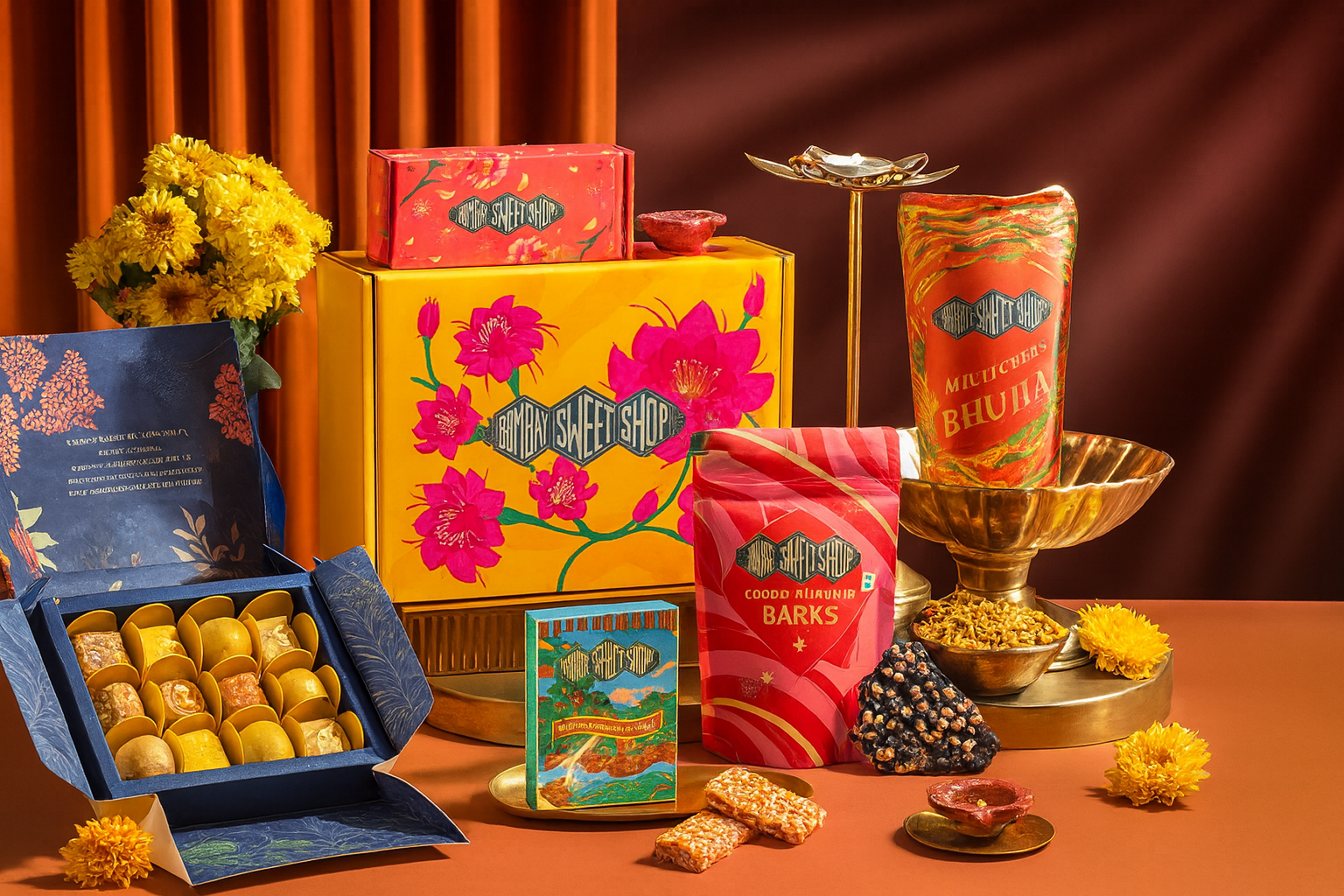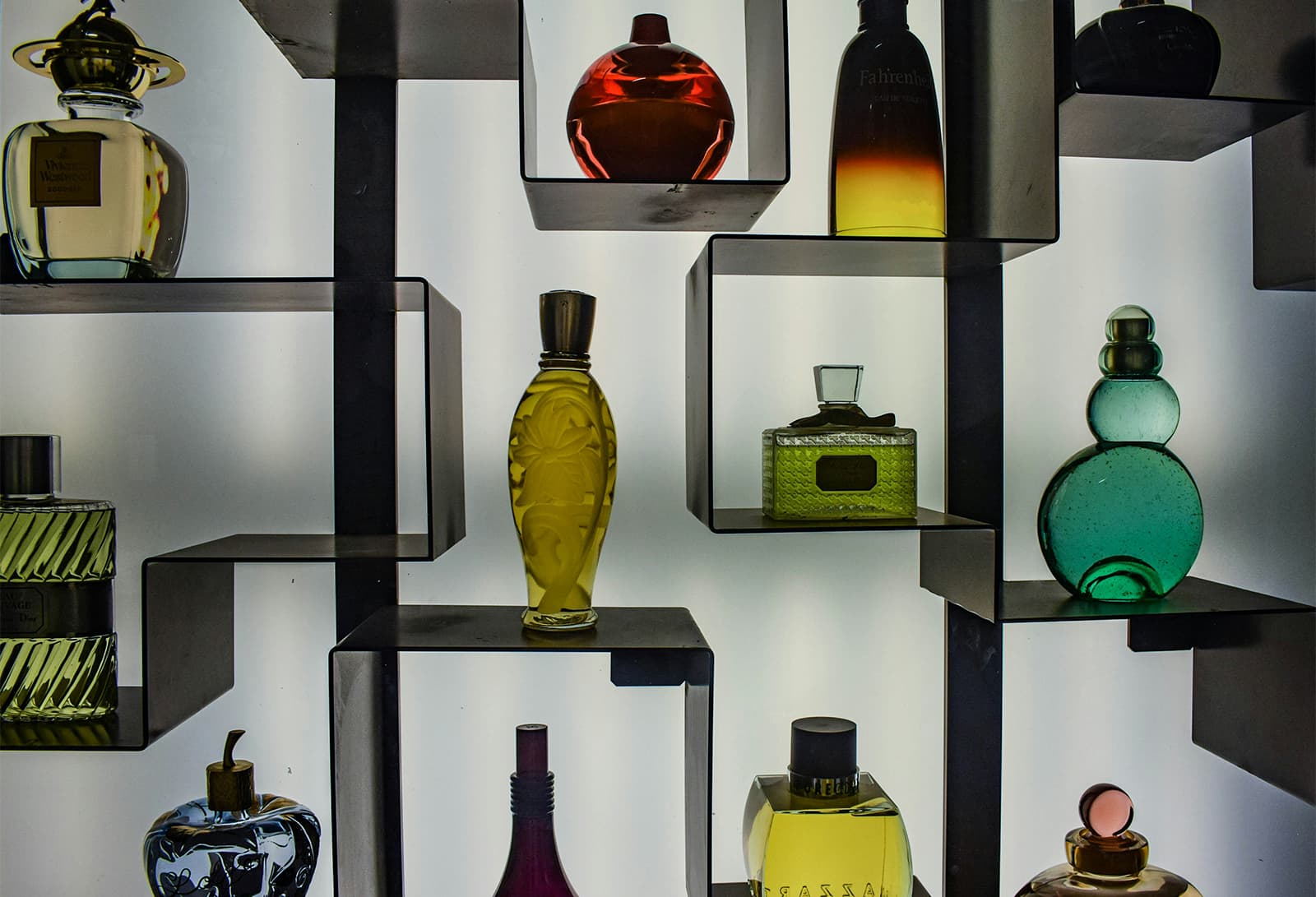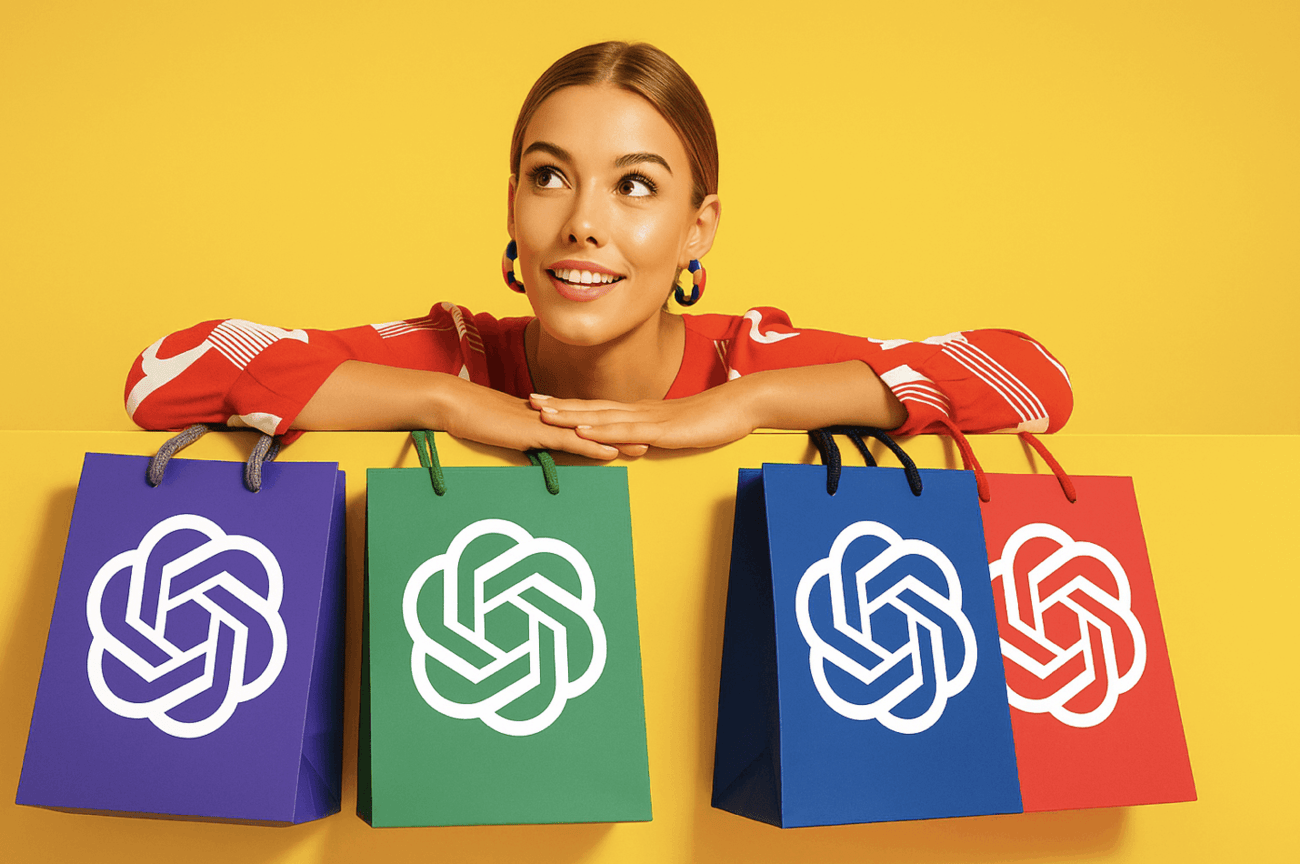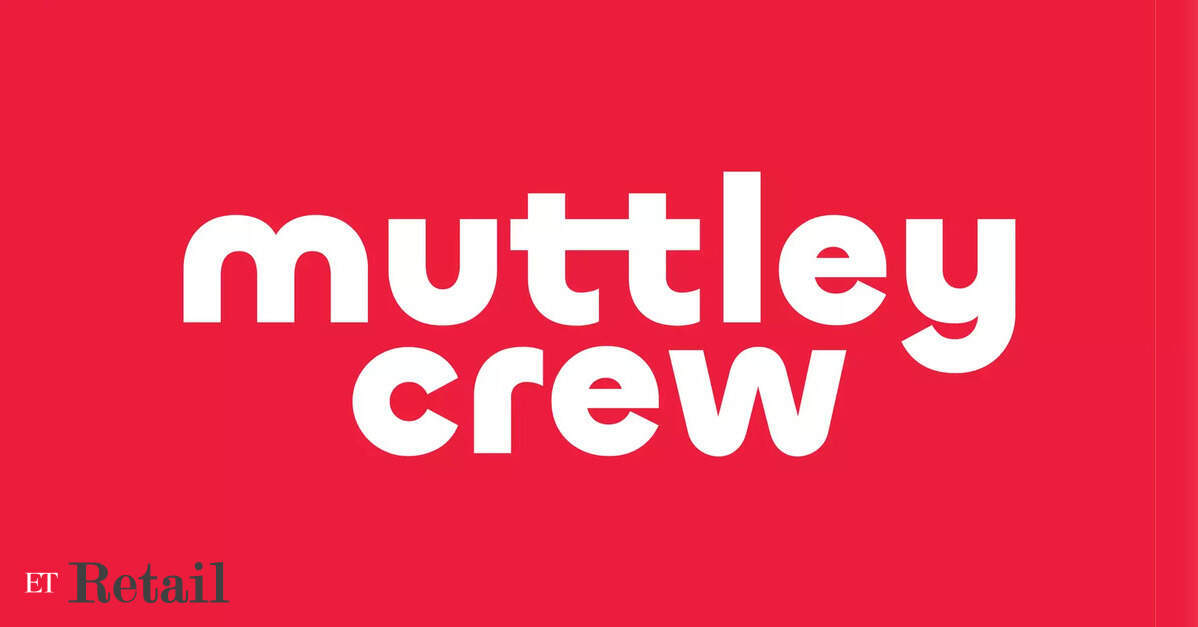- Musings From Deepak @ DSG Consumer Partners
- Posts
- Deepak's Musings #178: 🏵️🪔 The Diwali Edition - Why We Are Betting Big On Mithai
Deepak's Musings #178: 🏵️🪔 The Diwali Edition - Why We Are Betting Big On Mithai
⚱💨 The boom in fragrances
I'm passionate about exploring every facet of consumer and insurgent brands. Through my newsletter, I curate insights from my reading, analysis, and personal reflections on the evolving brand landscape. Connect with me on X at @dishahdadpuri or follow DSG Consumer Partners at @dsgcp for ongoing conversations about brands that are reshaping markets.
p.s. You can click any summary link to read the full article from its source.

Selection of products from the Bombay Sweet Shop
🔶 Why we partnered with Hunger Inc: Reinventing Indian indulgence
After over a decade of diligence, we have finally partnered with the fantastic team at Hunger Inc. What great timing. For me, Diwali = mithai, and Bombay Sweet Shop is the modern interpretation of this culinary delight embedded in every Indian.
I first met the late Chef Floyd Cardoz in 2002 at his restaurant Tabla in New York during the US launch of Sula Vineyards. Floyd paired Sula's wines with contemporary Indian dishes to perfection. Over the years, he became a friend, and some of my best meals were at his BBQs in a friend's backyard in Montclair, New Jersey.
In 2015, in Mumbai's Lower Parel, Floyd introduced me to two hospitality builders reimagining how India eats: Sameer Seth and Yash Bhanage. Together with Floyd, they had just opened The Bombay Canteen (TBC).
What began with TBC has grown into a house of culturally rooted, beloved brands—O Pedro, Veronica's, Papa's (named to TIME's World's Greatest Places 2025), and Bombay Sweet Shop. Each pairs craft with storytelling to create outsized consumer love.

We’ve known this team since day zero. We've hosted DSGCP founder events at their venues and watched them compound trust, taste, and execution. Sameer and Yash have long been part of the DSGCP Founders WhatsApp Group—unorthodox for us, but we believed in what they were building.

Left to right: Yash Bhanage Sameer Seth, Executive Chef Hussain Shahzad, and Chief Mithaiwalla Girish Nayak
Full story on the DSGCP website.
The best part? They are just getting started.
🐱🐶ྀི India & Pets
India’s pet boom is a significant growth story, and Nestlé aims to be part of it. As pet ownership increases and owners opt for premium food and services, the Swiss multinational claims that India could become one of its top three petcare markets globally.
DSG Consumer Partners had the privilege of co-hosting Unleashed by Purina last week in Bangalore, where we gathered 100 stakeholders from pet startups, founders, investors, and more at The Oberoi to discuss all things pet.
🍺 The Bira 91 saga: Why I want this insurgent brand to survive
Where there is smoke, there usually is fire. I have been involved in a few such board-level tussles with founders over the past 25 years as a VC, and that is the reality of our business, especially in India.
Bira is in many ways a successful insurgent brand. It was the challenger against Kingfisher’s monopoly and introduced craft brews to India. Amid Kingfisher’s own issues, Bira stepped up and quickly became a highly visible and, to many, very successful brand. From sponsoring the Tribeca Film Festival in New York (I was in NY in 2016 and saw the branding) to being the official sponsor of the ICC Cricket World Cup in 2019, when I was able to enjoy Bira whilst watching India play. Both times I asked myself why an Indian focused brand is spending what I assume is a lot of marketing dollars on the brand outside India. Are they generating that much cash?
Mint reports that several significant stakeholders (Peak XV, Sofina, Sixth Sense, Anicut, Kirin) are willing to infuse fresh cash only if founder-CEO Ankur Jain steps down. The Economic Times reported that 250+ employees have petitioned the board and key investors for a leadership change over unpaid salaries and governance concerns. Reuters says Bira is pursuing its largest fundraise (~$132M, partly from GEM) amid mounting debt and as earlier financing options wavered.
I sincerely hope the investors and the founder can find a solution. Bira is seen by many as a case study of how an insurgent brand can succeed. I want the brand to survive and thrive. If Bira falters, it will impact the entire consumer ecosystem that so many have painstakingly built over the past two decades.

⚱💨 The boom in fragrances
Fragrance is having a moment, and I don’t think it is just hype. Beauty Matter dubs this the “recession glam” era, with perfumes defying the luxury slowdown to become beauty’s growth engine: forecast to drive 23% of the category’s expansion from 2024–2029 at a 5.5% CAGR. The piece unpacks why. From viral “scent stacking” rooted in Middle Eastern traditions, the rise of accessible formats like body mists, and emerging-market demand across MENA and India.
DSGCP has been closely tracking this category for several years but has yet to invest in it. But we plan to. Soon.
💳 How are U.S. Teens spending
Piper Sandler just released its latest Teen Survey, which offers an inside look at how thousands of U.S. teens are spending their money. Asia is miles away and a different market, but many of the trends one sees in the U.S. and often transported to India and SEA.

How has a basic commodity turned into a luxury ladder? It’s just water. But if you look at the data, water in all its variants continues to be a fast-growing category. DSGCP recently backed Delhi based Bomba Banta and we expect to partner more brands in this broad category.
💎 Why has DSGCP been so focused on premium brands?
Yes, I know I sound like a broken record. My team is fed up. My founders are fed up. But I am going to repeat it. Like I have been for the last 20 years. I want to back the most expensive yet best value made-in-India brands, just like I have at Sula, Veeba, Epigamia, Anveshan and more recently, why we recently backed Bombay Sweet Shop.
Jeffries recently published a report on the Premiumisation play in India. I quote:
The most prominent and broad-based consumption trend across categories in India over the past decade has been premiumisation. Combination of consumers increasingly opting for higher-end products, and corporate push for higher margins, has driven the trend. For instance, the share of SUVs in passenger vehicle sales has risen from 14% in FY12 to 65% in FY25 gaining share from small car sales. Similarly, entry-level motorcycles are lost ground to the extent of 21ppt of market share declining to 28% to more premium models. In the watch segment, luxury watches are witnessing significantly faster growth compared to entry and mid-priced options, with sales of premium watches rising at 18% cagr over FY17-25 vs entry to mid-priced watches sales growing 10% cagr. The beauty and personal care market also reflects this trend, with the premium segment expanding at a much quicker pace (4.7x over CY13-24) than the mass and masstige categories (2.4x). In case of Alcobeverages, the volumes of premium scotch whisky rose with 14% cagr over CY18-24 vs 4% in mass Indian whisky.1

India | Equity Strategy October 16, 2025
At DSGCP, we follow a straightforward first principles playbook. Building a new brand is difficult. You need margins to cover operational, marketing, and branding costs. Premium products generally have higher gross margins, enabling you to invest in marketing and branding to educate consumers about new categories, tell a story, or encourage them to try your product. It's much harder to achieve this when selling products at lower margins.

Across categories (in this example it is BPC), premium has outgrown mass + masstige
🤼♂️ Insurgent brands driving category growth
Readers of this newsletter will not find this insightful. I have been talking about this for years.
But here is one more data point confirming that insurgent brands are driving category growth. According to this piece in the WSJ, insurgent brands that accounted for 2% of shelf space drove ~39% of 2024’s category growth. Consumers are moving to insurgent brands at the premium end, whilst private labels pull price-sensitive buyers from the lower end.
😮 AI is changing how consumers shop from discovery to trial to purchase
This story focuses on the BPC industry but is applicable across all consumer categories. It maps how ChatGPT’s new Instant Checkout makes products shoppable inside a chat (no storefront required), why that threatens Amazon’s search-and-scroll grip, and how early retail winners are already tuning their catalogues for AI-native discovery. At internal meetings, we talk about GEO in addition to SEO. Be honest, how many of you know GEO is? I did not 2 months ago - it is Generative Engine Optimisation, hence GEO.
At DSGCP, we know that AI is changing many aspects of a consumer’s purchase journey. That is why we have been running what we call AI Sprints to help our founders learn as much as possible about the latest in AI and AI tools, and how to use them.
1










Reply